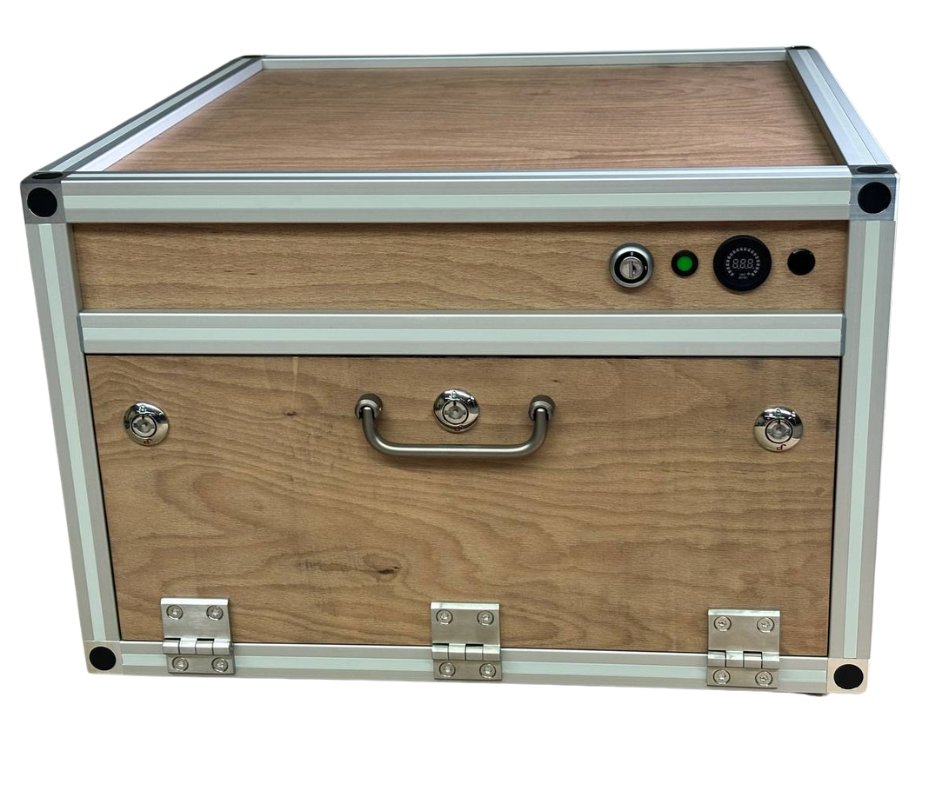
In maritime electrical architecture, batteries must be secured, electrically isolated, and contained within enclosures engineered for worst-case failure modes, particularly thermal runaway, toxic fume release, and explosion. LiVAULT delivers certified, marine-grade solutions that significantly enhance both safety and regulatory compliance. But why does a battery need to be in a box?
The RACLAN BOX offers a certified, fireproof, explosion-proof housing with rapid extinguishing capabilities, suitable for enclosed environments onboard yachts and day boats. Its internal charging capability, thermal management, and TÜV Nord verified design make it far more reliable than generic storage cases.(LiVault, Battery Tech Association)
For yachts with high-capacity battery loads from tow toys, the RAMBSS Modular System addresses systemic risks. Engineered to MGN 681 standards (and exceeding them), each module provides active cooling, overpressure relief, toxic fume filtration, and remote alarm functionality plus emergency power support, all integrated into a blast-buffering composite enclosure with Wi-Fi monitoring.(LiVault, Battery Tech Association, ONBOARD Magazine)
These systems mitigate:
- Toxic gas emission – via filtration systems preventing lethal fume accumulation.
- Vapor cloud explosion risk – through explosion-resistant design and overpressure relief.
- Thermal propagation – with intelligent cooling and rapid suppression to isolate failing cells.
In highly dynamic marine environments, these certified LiVAULT boxes are not optional, they’re operational imperatives ensuring crew safety, system resilience, and long-term vessel protection. So the battery does need to be in a box, really!


